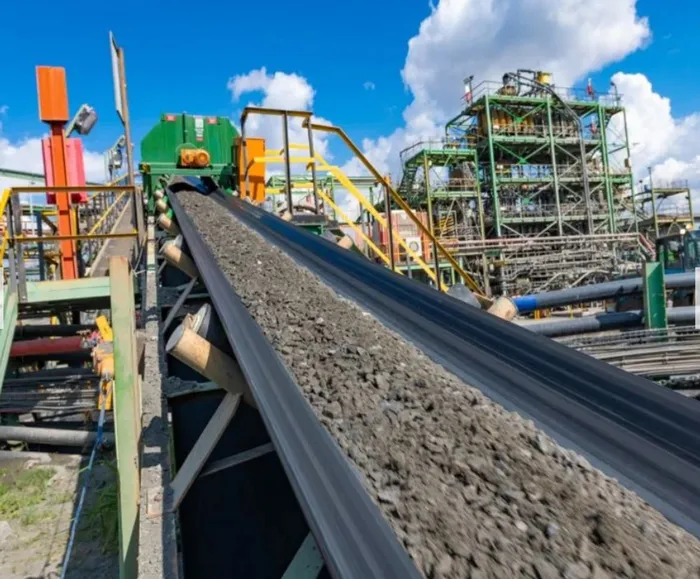Mining activity accelerates in June driven by PGM, showing promise for GDP growth
MINING

This June mining report marked the second consecutive month of growth, exceeding market estimates of 1.4% growth.
Image: Supplied
South Africa’s productive sectors are poised to make a significant impact on the nation’s gross domestic product (GDP) growth in the second quarter of 2025, as new data reveals a positive uptick in both mining and manufacturing output.
Data from Statistics South Africa (Stats SA) on Tuesday showed that mining production rose by 2.4% in June compared to the same month a year ago, up from an upwardly revised 0.3% increase in May.
This June mining report marked the second consecutive month of growth, exceeding market estimates of 1.4% growth.
Stats SA’s principal service statistician, Jean-Pierre Terblanche, said platinum group metals (PGM), coal and chromium ore were the main drivers of growth, as they rose 3.0%, 3.7%, and 9.0%, respectively.
Production of PGM picked up following disruptive rains in the first three months of the year.
“On a month-on-month basis, seasonally adjusted mining production increased by 0.2% in June compared with May. This followed a 3.9% rise in May,” Terblanche said.
“The June release concludes the results for the second quarter of 2025. After slumping in the first quarter, mining production turned positive, increasing by 3.9% in the second quarter. Platinum group metals drove most of the upward momentum.”
This comes as Stats SA on Monday reported that manufacturing production rose by 1.9% year-on-year in June, quickening from a 0.7% increase in May, marking the second consecutive month of industrial growth and making a positive contribution to the overall GDP for the second quarter.
Gold, which makes up over 13% of the minerals basket, grew by 3.1% year-on-year and continues to benefit from its safe-haven status in the current uncertain environment.
However, Investec economist Lara Hodes said gold mining along with the rest of the mining industry continues to grapple with a number of challenges impeding optimal activity and export potential, including labour-related issues and uncompetitive electricity prices
Hodes said that according to the Minerals Council South Africa, electricity was increasingly a significant cost item, for companies operating energy intensive underground mines, processing plants, smelters and refineries.
“Besides the myriad of structural challenges, policy uncertainty remains elevated, weighing on the country’s competitive position and discouraging investment,” Hodes said.
Indeed, the Minerals Council’s Mining Composite Input (MCI) Cost Index released on Monday rose by 1.4% in June versus 1.1% in May.
The Council noted that the onset of winter electricity tariffs in June intensified mining input cost pressures.
Minerals Councl's senior economist, Bongani Motsa, said unless there is a significant improvement in operating conditions and a strong recovery in commodity prices that boost production by a significant margin, the sector’s production growth outlook for the 2025 calendar year remained weak and unpromising.
“United States tariffs continue to be the elephant in the room, and it is increasingly used as a foreign policy instrument. Thus far, based on exemptions published bythe White House in April, South African iron ore and diamond exports to the US will be directly affected by current tariffs,” Motsa said.
“The indirect impact is significantly more difficult to quantify. The tariffs imposed by the US on key South African trading partners—including China, the European Union, and India—along with any retaliatory measures they may adopt, will largely influence the demand for South African mineral exports.”
FNB senior economist Thanda Sithole, nonetheless, said the June mining reading confirmed the sector’s positive contribution to the second quarter GDP growth.
However, Sithole said mining output contracted by 3.0% in the first half of 2025 compared to the corresponding period last year, driven mainly by weaker production of PGMs, gold, coal, and iron ore.
“Near-term mining activity is likely to remain under pressure due to soft external demand and persistent global uncertainty stemming from heightened trade tensions,” Sithole said.
“However, exemptions for certain critical minerals from United States (US) tariffs and the recent rise in PGM prices could provide some support to profitability, and potentially output, in those subsectors. Reforms to improve efficiency and capacity in ports and rail remain critical for improved activity over the medium term.”
BUSINESS REPORT